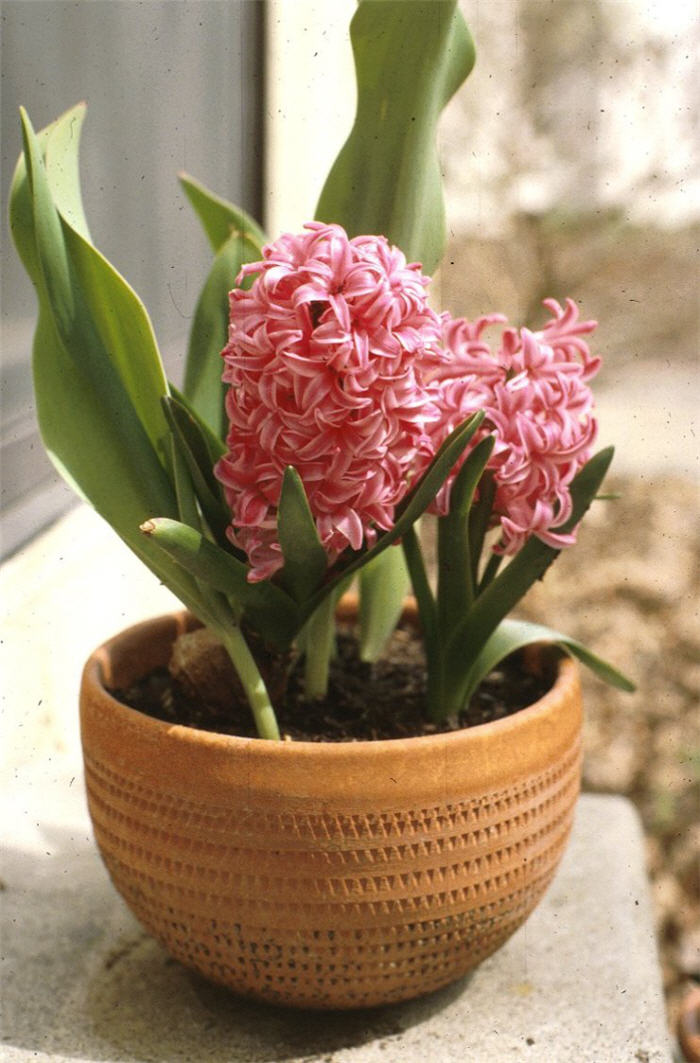| Botanical Name: Hyacinthus orientalis | |
| Common Name: Dutch Hyacinth |

-
Anatomy
-
Culture
-
Design
Plant Type
Perennial, Bulb
Height Range
Under 1'
Flower Color
Blue, Lavender, Pink, Purple, Red, Yellow, White
Flower Season
Spring, Constant
Leaf Color
Green, Blue Green
Bark Color
n/a
Fruit Color
n/a
Fruit Season
n/a
Sun
Full
Water
Low, Medium
Growth Rate
Moderate
Soil Type
Sandy, Clay, Loam
Soil Condition
Average, Rich, Well-drained
Soil pH
Acid, Neutral
Adverse Factors
n/a
Design Styles
English Cottage, Formal, Mediterranean
Accenting Features
Fragrance, Showy Flowers
Seasonal Interest
Spring
Location Uses
Entry, Perennial Border, Patio, Raised Planter, Walkways
Special Uses
Mass Planting, Small Spaces
Attracts Wildlife
n/a
Information by: Stephanie Duer
Photographer: Modesto Jr. College/Jacob
Photographer: Modesto Jr. College/Jacob
-
Description
-
Notes
Dutch hyacinth are a spring blooming perennial bulb, with big strappy leaves and blossoms that are made up of many little flowers stacked together along a short stalk. Most are fragrant, so place them where you will go past them in the spring, such as along a walkway or path. They typically bloom early to mid spring, and are generally 7 to 11 inches tall and have several flowering stems per bulb. Bulb experts Brent and Becky Heath list hyacinths as being good in containers and for cutting, and to plan on 5 bulbs per square foot, for a good show.
Grow in well drained soil, a bit loamy to coarse, in full sun. Wet soils will cause the bulb to rot. Plant 3 times deeper than the bulb is wide (see Guide). After flowering, snip off the spent blossom and its stem, leaving the foliage alone until it is well past yellow and prostrate on the ground. Hyacinth bulbs are have a powdery substance on them that can cause some skin irritation when handled. Wear gloves, and wash the gloves and your hands after planting. Hardy to USDA Zone 4.